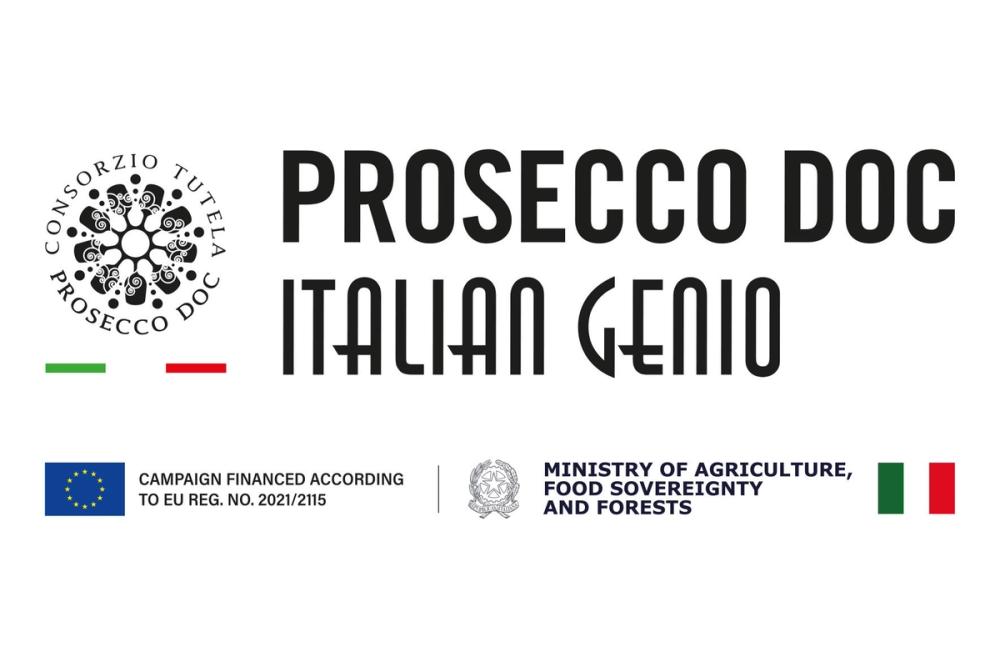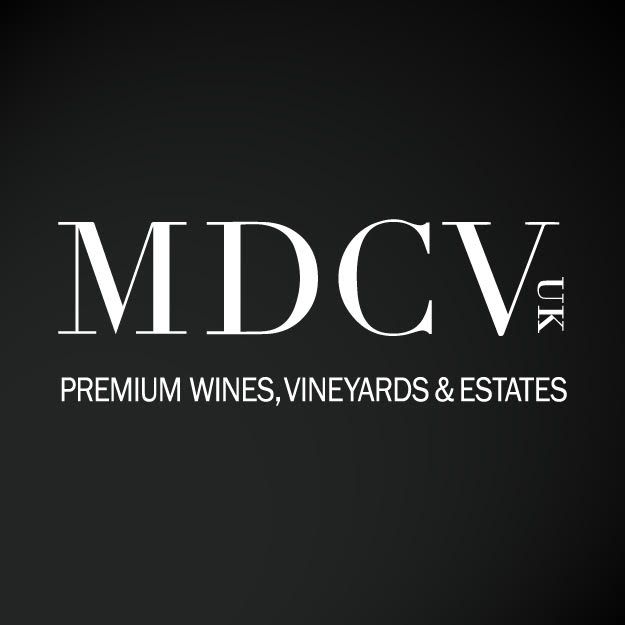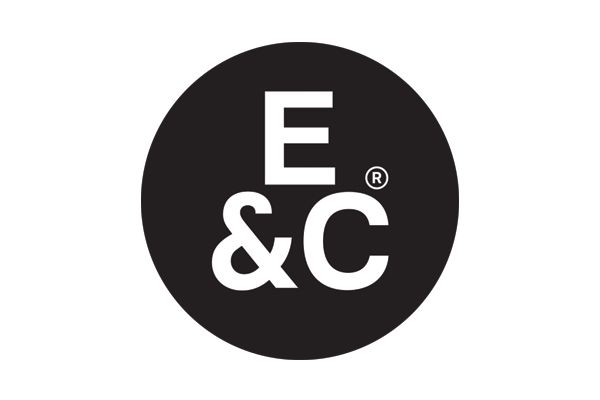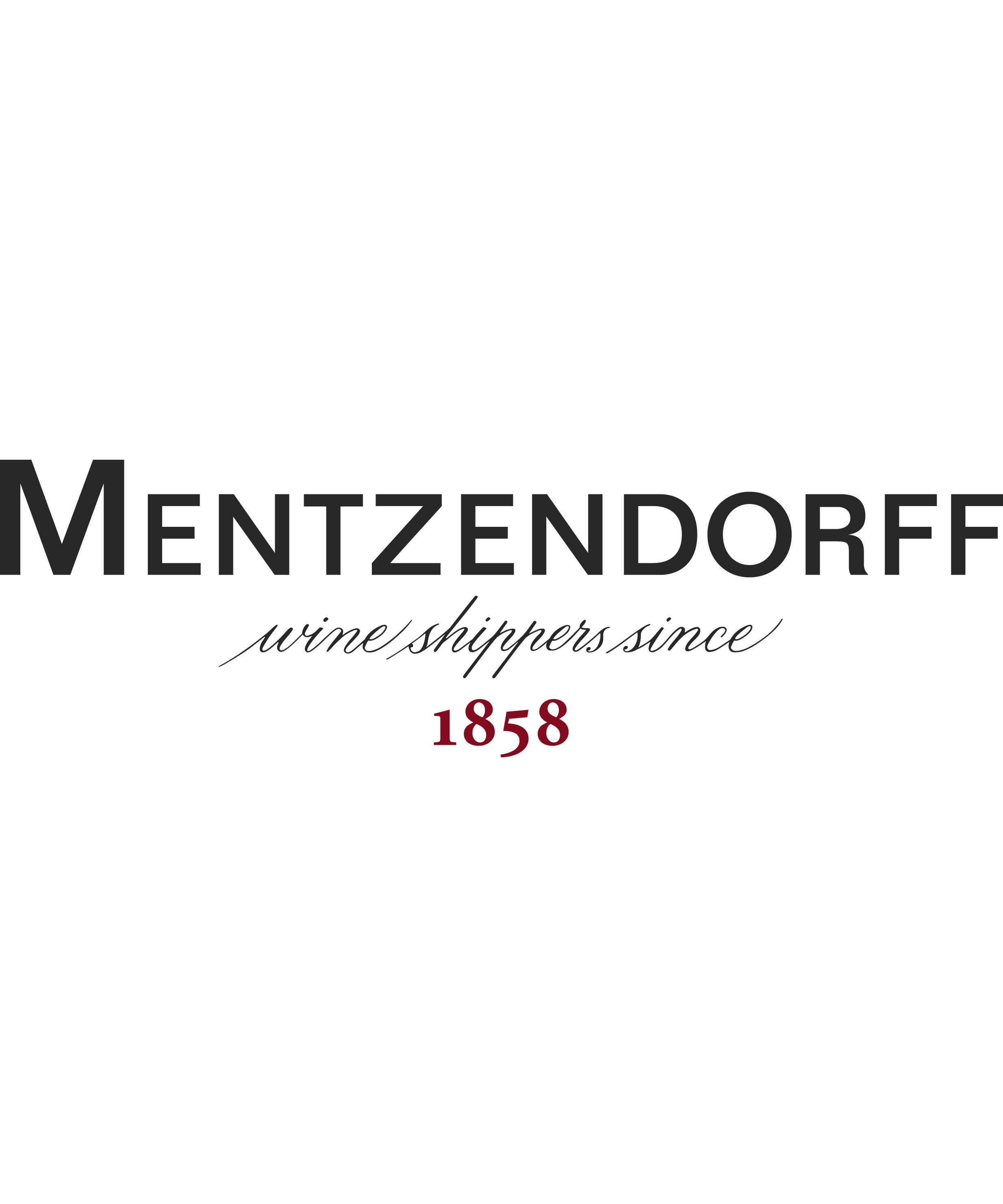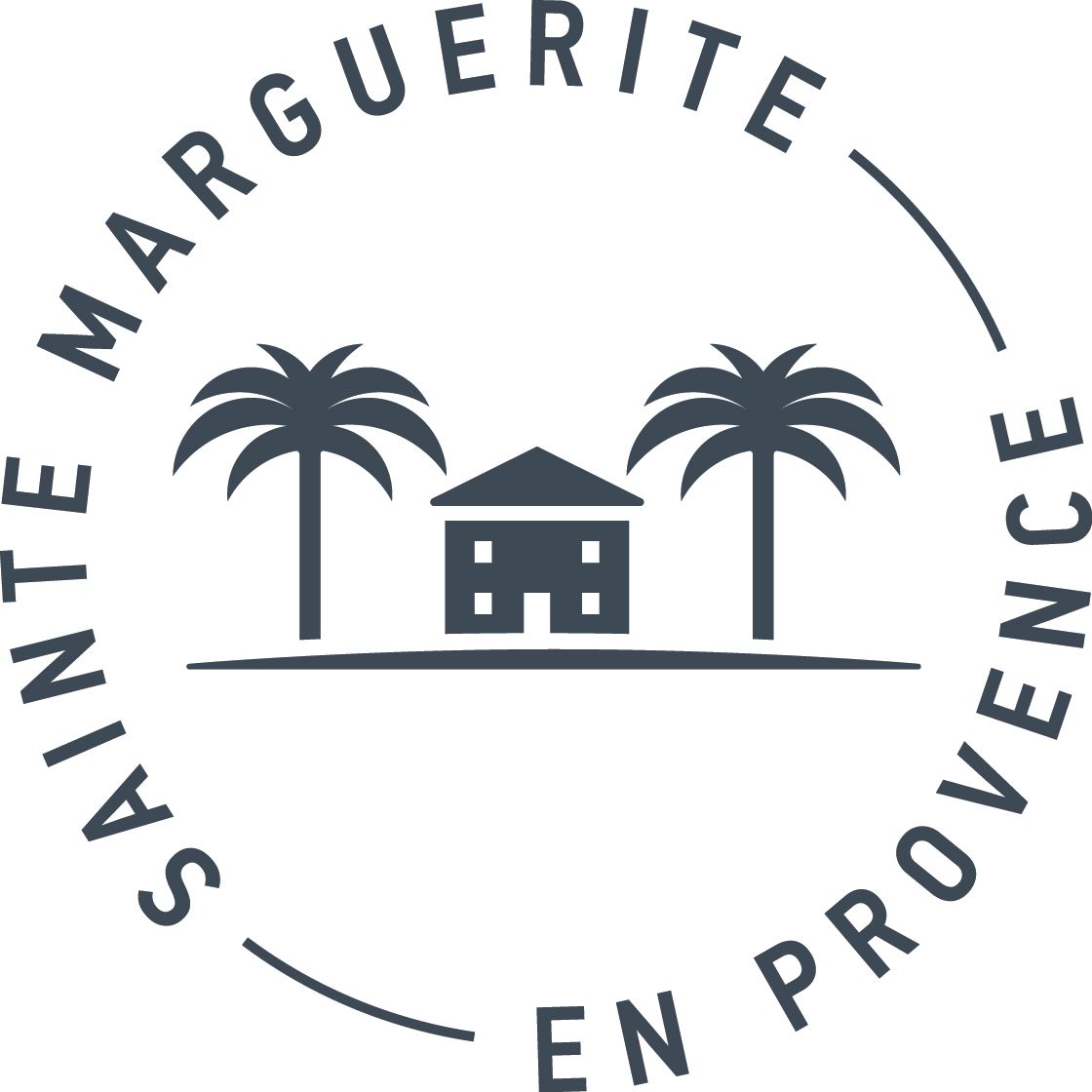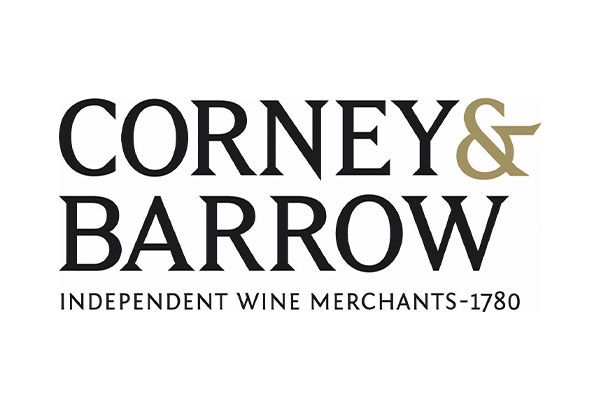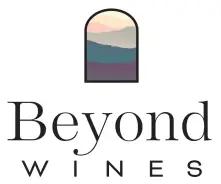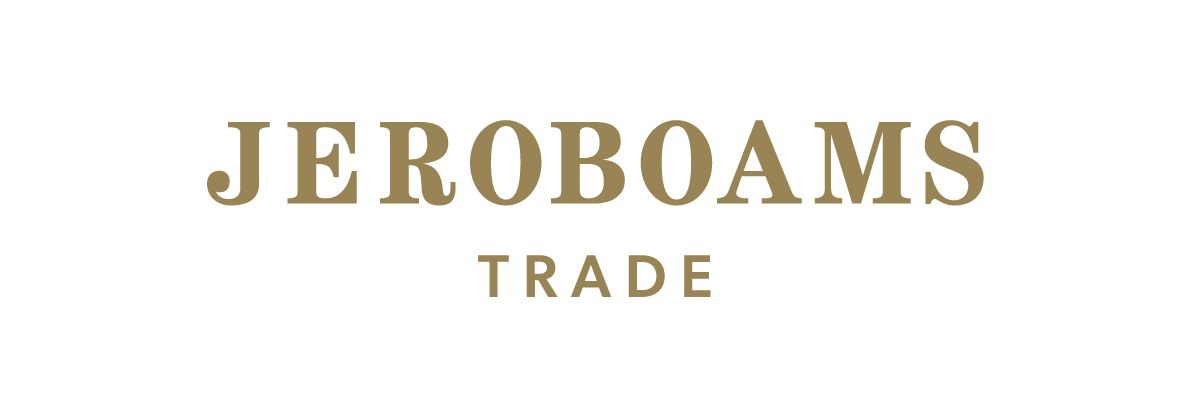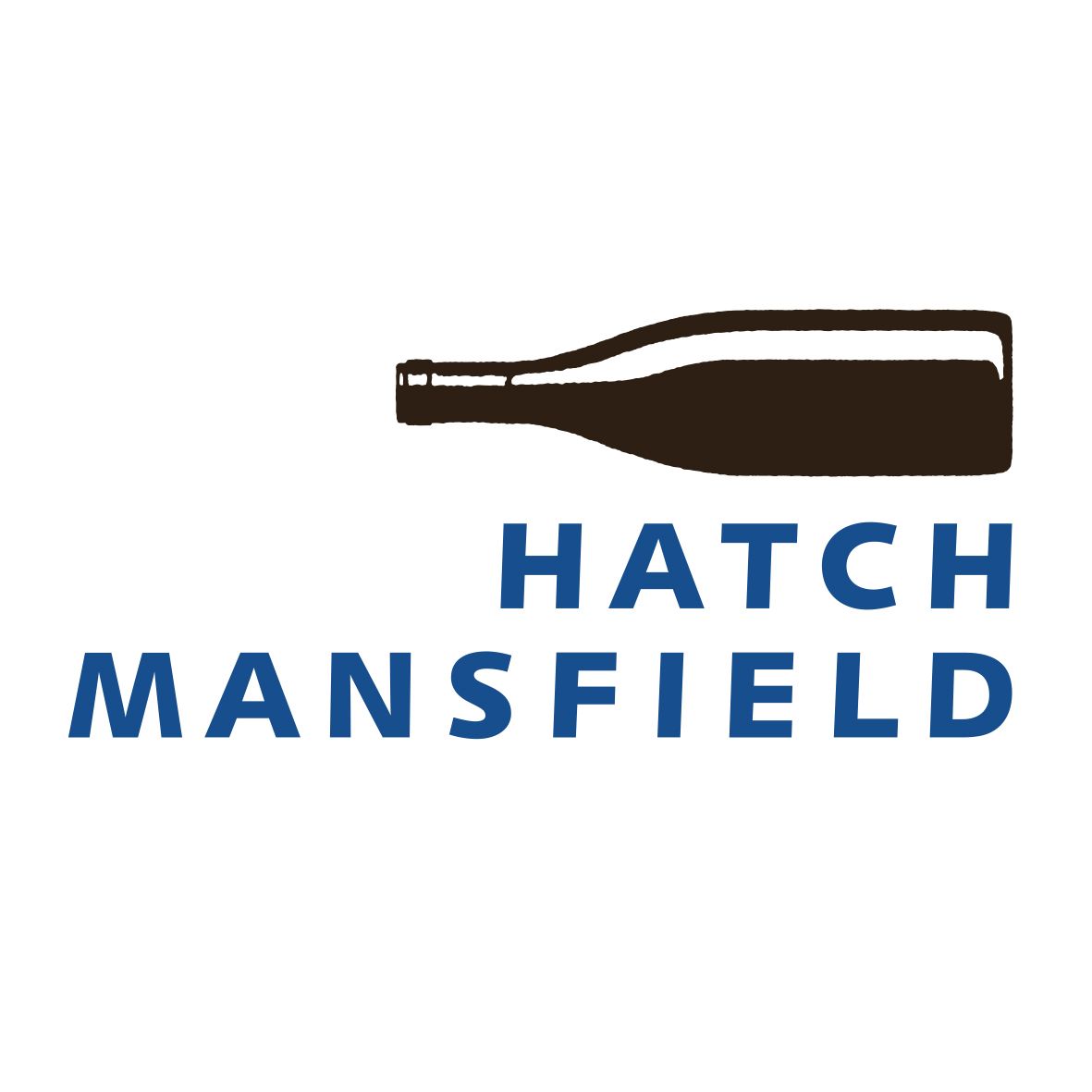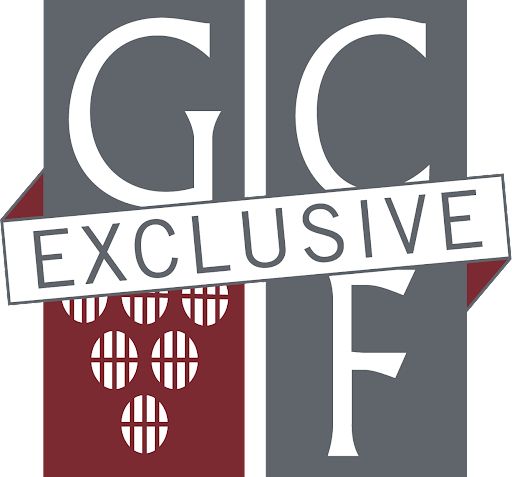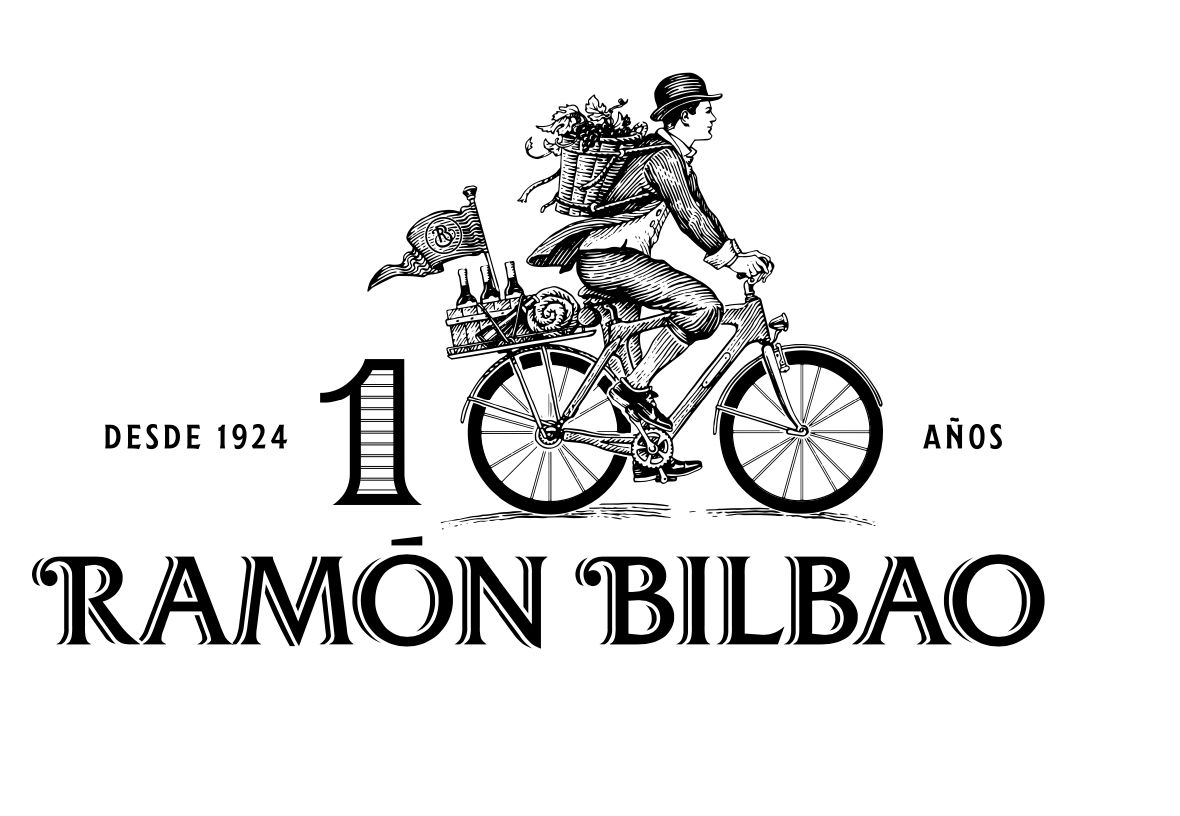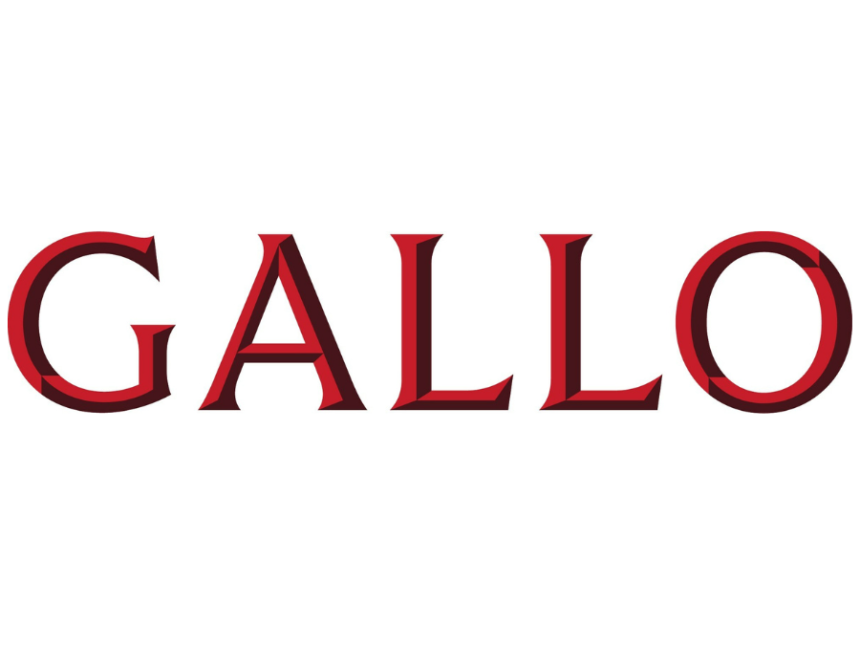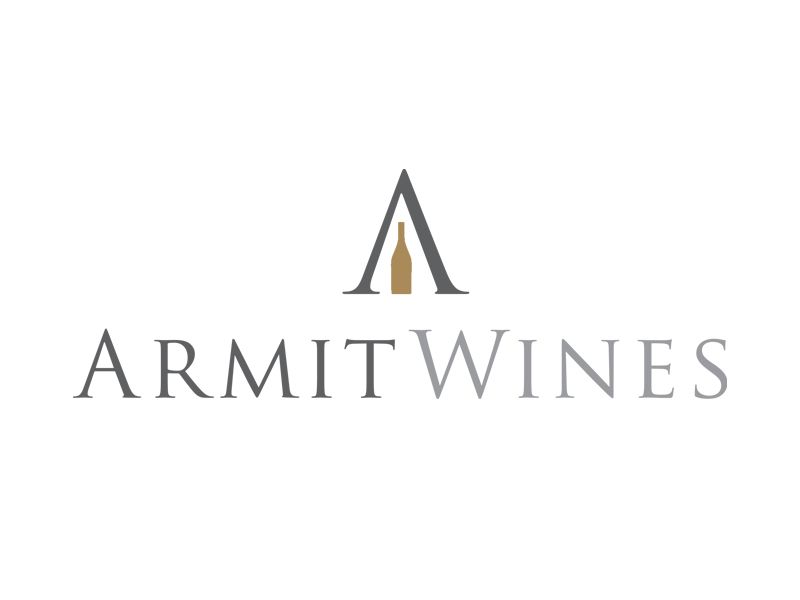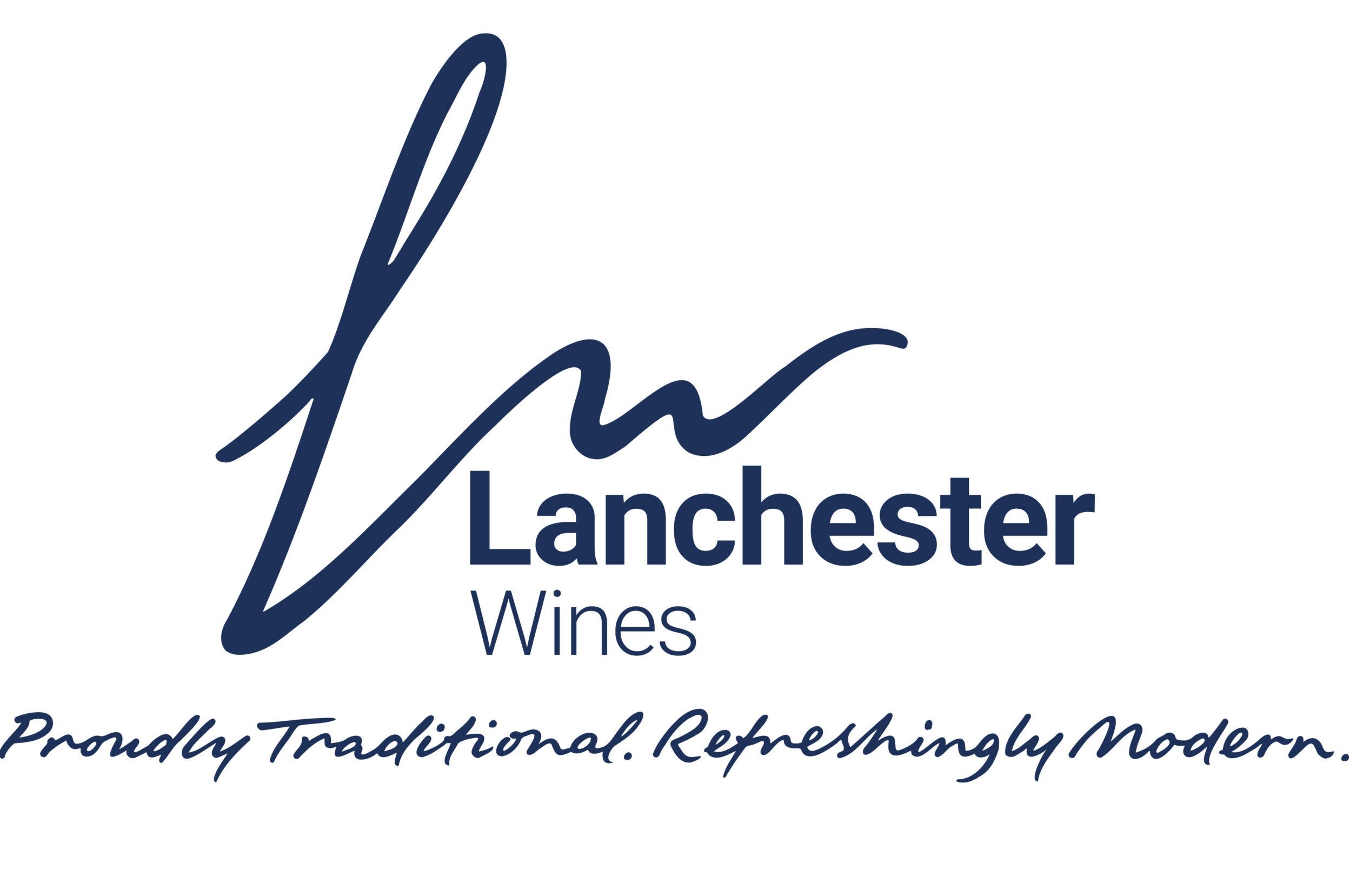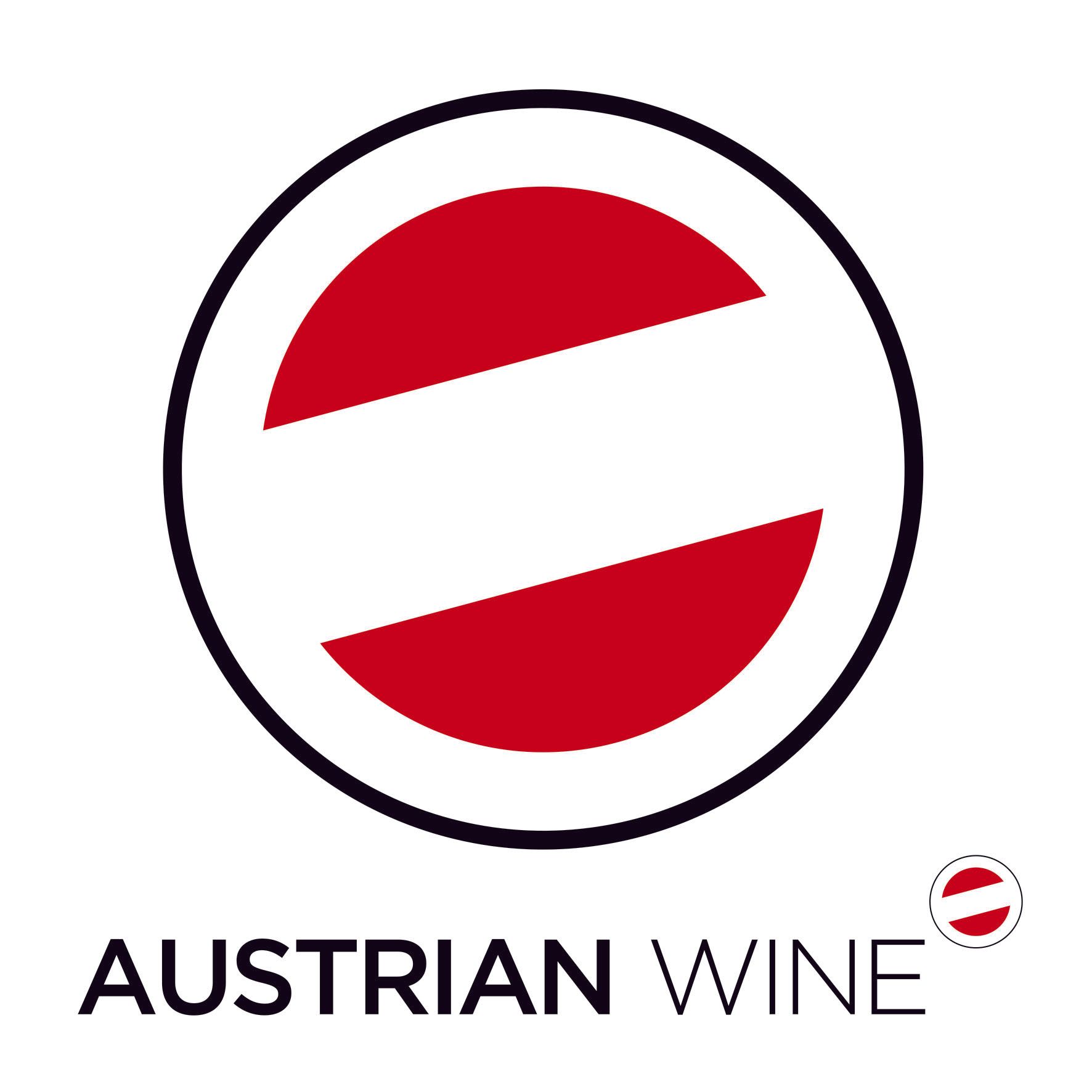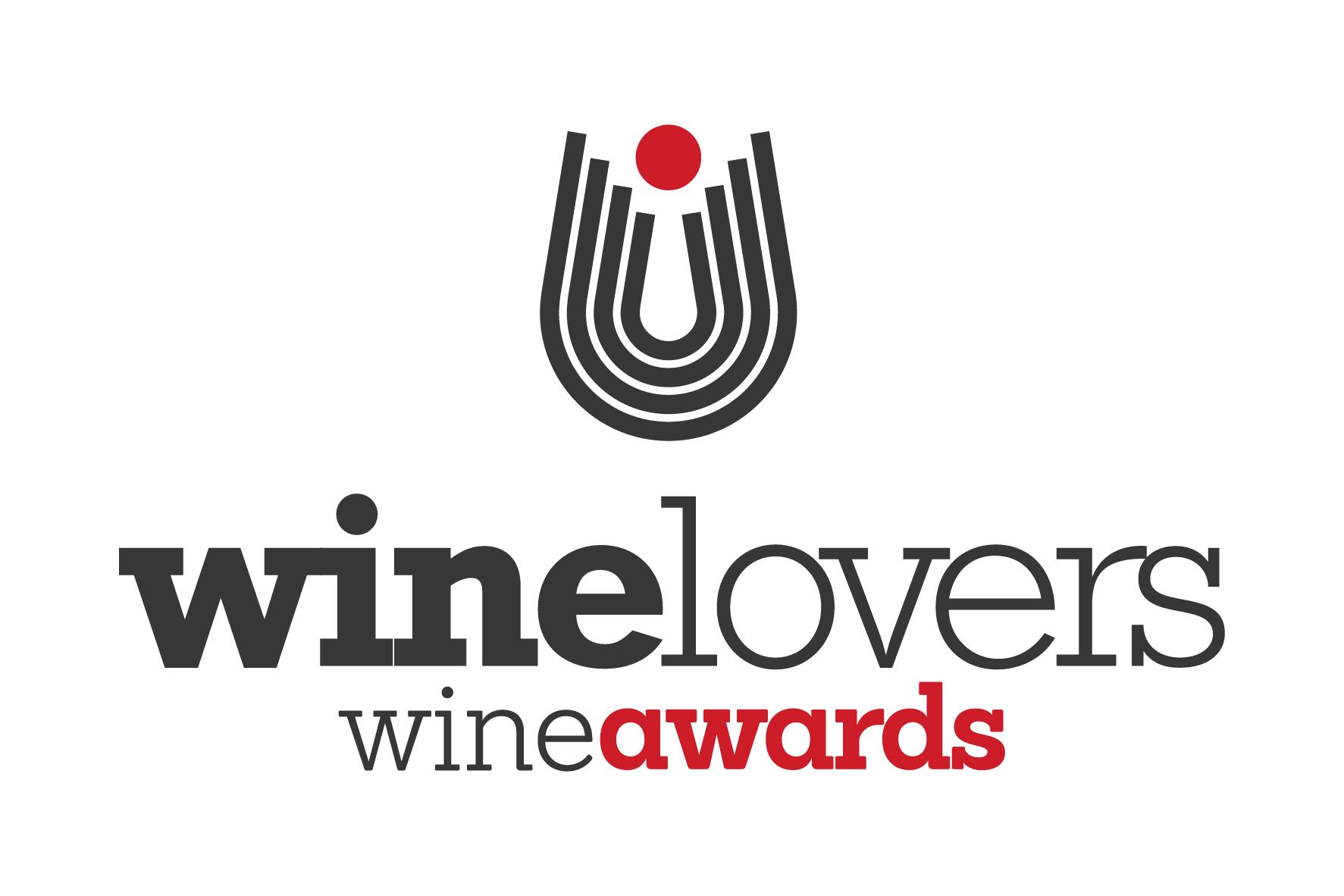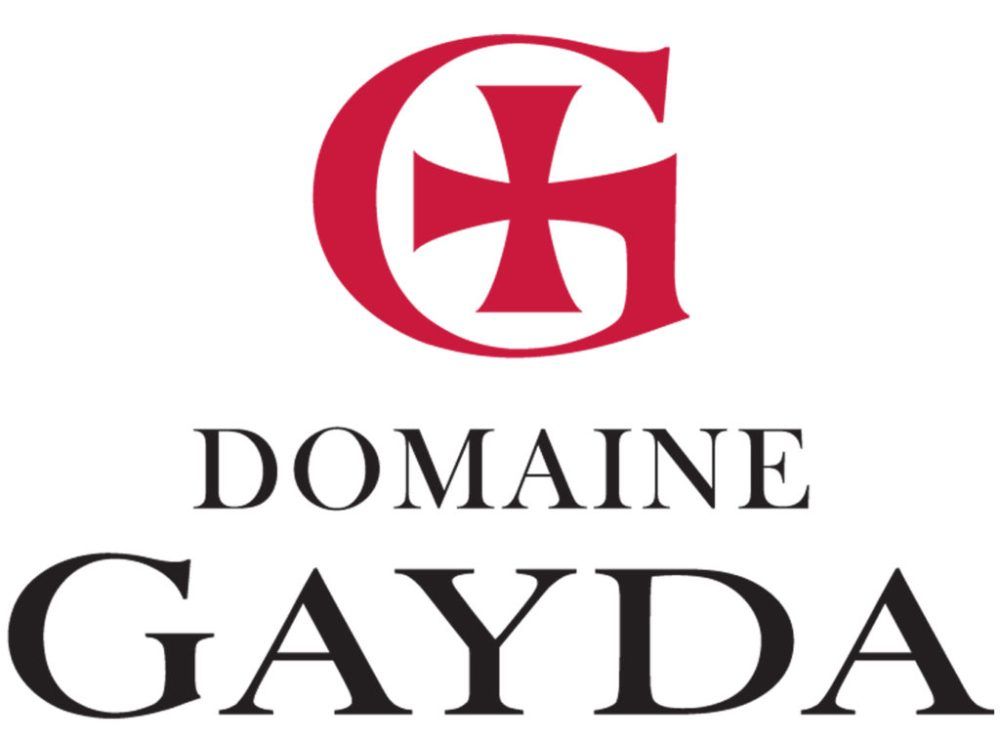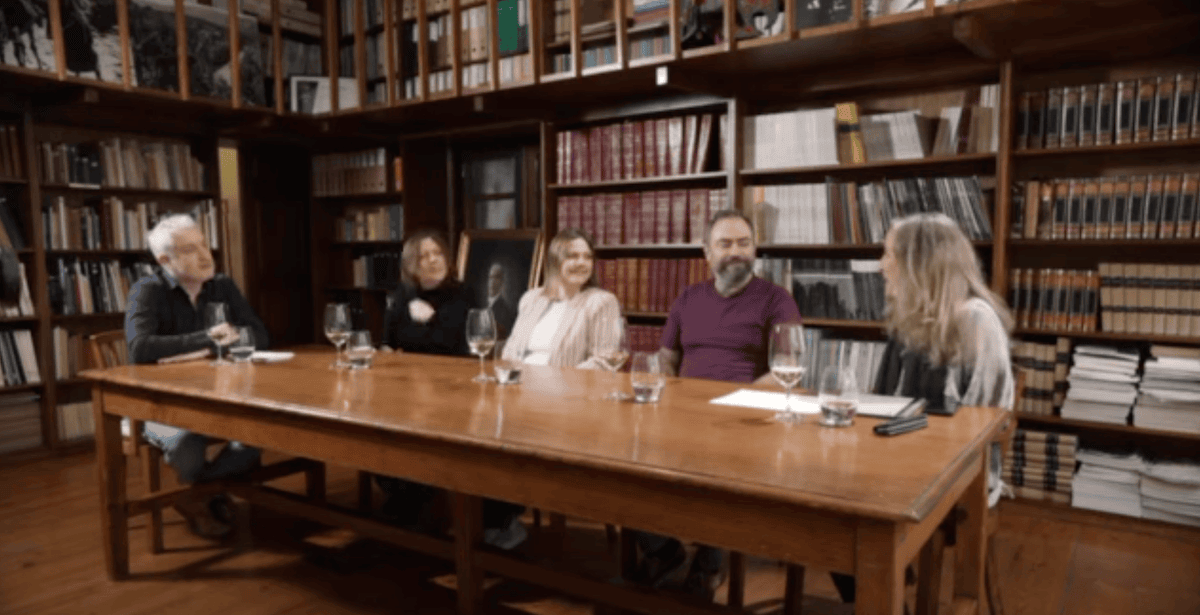First things first. The UK wine market relies enormously on sales of Prosecco DOC across both the on and off-trade. Demand reached an “all time high” in 2024 when 660 million of bottles were produced, with 114 million bottles exported to the UK, accounting for 21.10% of total Prosecco DOC exports. It’s why it’s hard to find a wine list that does not have at least one Prosecco DOC on it.
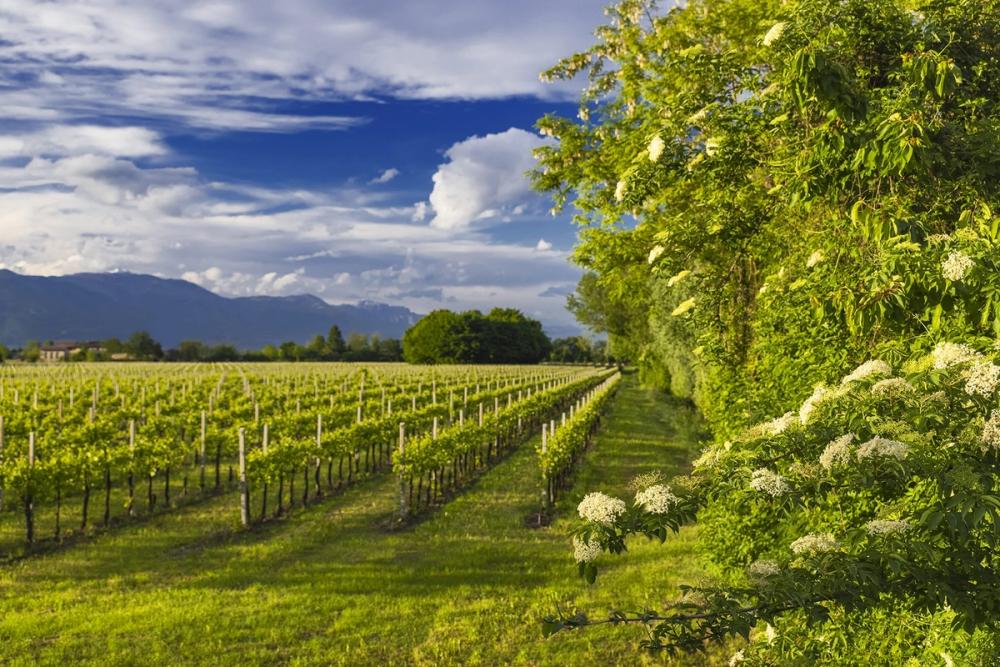
Prosecco DOC wines have become a fundamental part of any serious wine list across the premium on and off-trades
But how much do the buyers responsible for sourcing Prosecco DOC actually know about the region, its background and the different styles now being made? In many cases there is more of a need to buy, rather than a passion to buy and a perception of the region that belies its popularity with customers.
That’s what The Buyer Prosecco DOC debate and masterclass was all about. To give busy buyers, sommeliers and importers the chance to take stock and better understand a region and its wines that means so much to their consumers.
Giles James, wine buyer for the Groucho Club in London, spoke for many on the panel when he said “buying Prosecco was a necessity”. Which is why he was keen to take part in the event in order to dig deeper, to benchmark styles and price points in order to help him “buy better”.
In order to allow everyone on the panel to “buy better” and get the maximum value out of the session, The Buyer teamed up with Neil Phillips, ambassador for Prosecco DOC in the UK, to structure an event that combined an open pour tasting, masterclass and debate.
Buyers' Panel
The buyers that took part included:

Mitchells & Butlers' Andrew Clark says Prosecco DOC is of huge importance to the group
- Andrew Clark, purchasing manager for wine, Mitchells & Butlers.

- Konstantinos Nestoridis, head sommelier, Midsummer House.
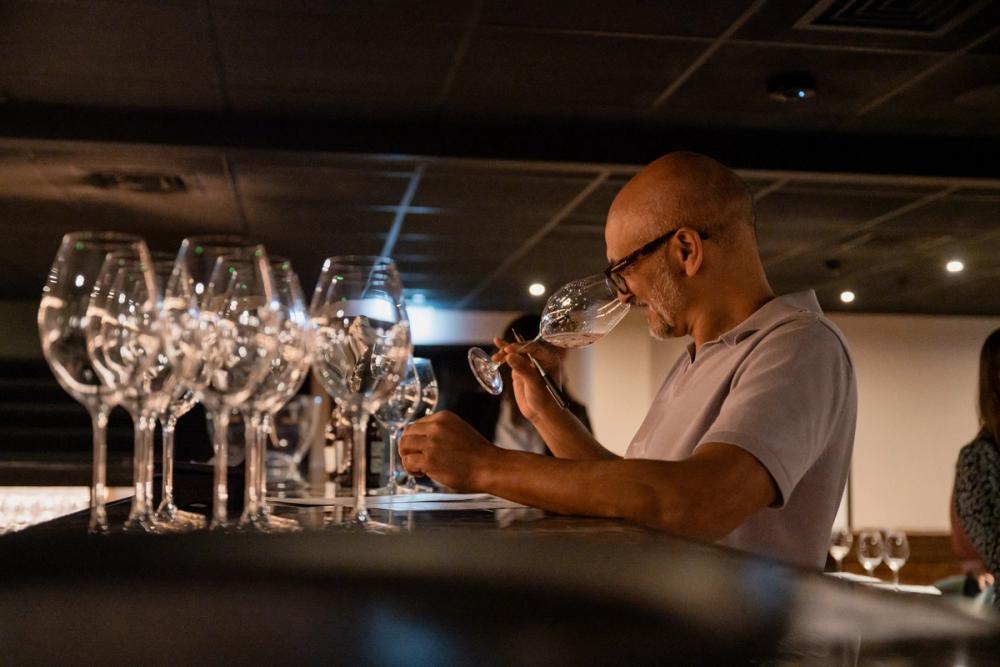
- Giles James, wine buyer, Groucho Club and founder of ID Wines.

- Victoria Sharples, wine consultant and buyer for Aperivino wine bar.
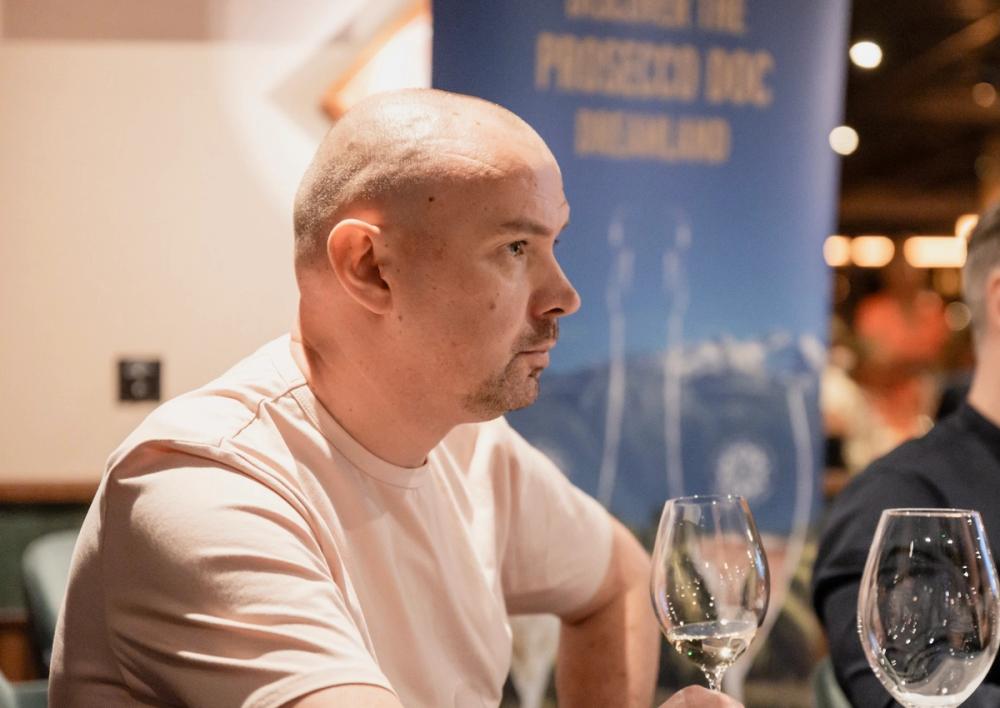
- Phill Morgan, head sommelier, Bocca di Lupo.

- Cat Lomax, wine consultant and former head of wine at Marks & Spencer, Majestic and Waitrose.

- Ashley Fahey, co-owner of Terrace Rooms & Wine, Ventnor, Isle of Wight.

- Benedetta Lengo, group sommelier, Gaucho Group.

- Paul Fleming, head of marketing at Amathus Drinks.

- Cristina Ciutac, sommelier, Rare Restaurants/ M Restaurant.
Importers who helped introduce specific wines and take part in the debate:
- Silvia Pampaloni, brand ambassador Italy at Berkmann Wine Cellars.
- Nick Tatham MW, wine development manager, Continental Wine.
- Loris Propedo, wine buyer, Mondial Wines.
Prosecco DOC: An overview
Phillips was able to open the event up with an initial overall view of Prosecco DOC and how it has grown and developed to the stage where it is now. The first thing to acknowledge is the regions were only recognised as a DOC in its own right in 2009, with every bottle having to state and track its DOC status on label from 2012.
The DOC covers nine provinces of production and terroir: In Veneto there is: Vicenza; Padova; Venezia; Belluno; and Treviso, In Friuli-Venezia Giulia there is: Pordenone; Udine; Gorizia; and Trieste. All of which are worth visiting in their own right, stresses Phillips, for their natural beauty and culture as much as their wines.
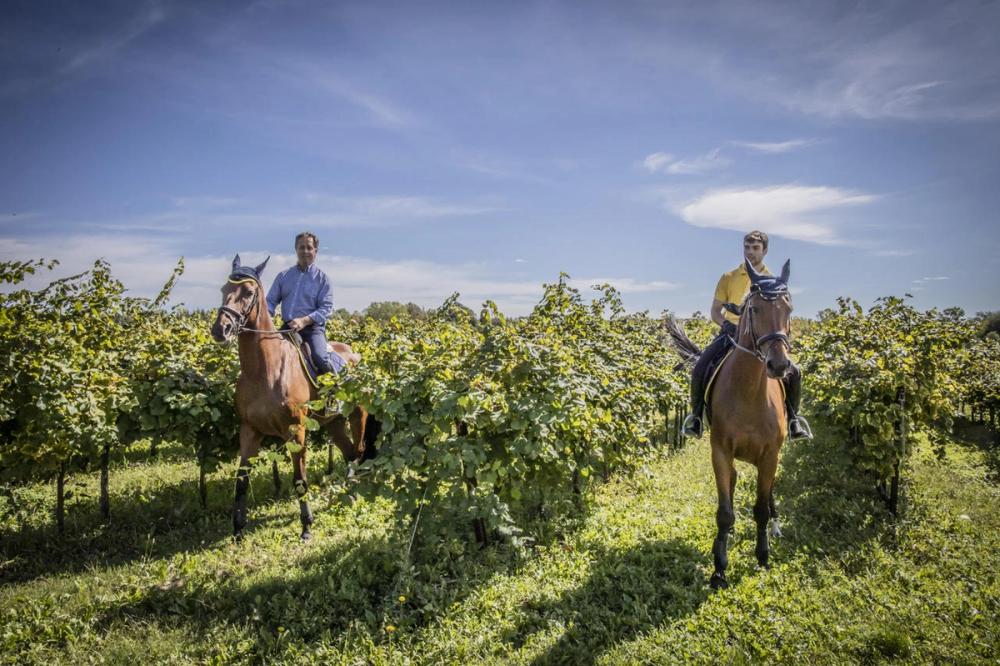
Prosecco DOC is split across nine provinces in Veneto and Friuli-Venezia Giulia
They also each have their own distinct soil characteristics which are predominantly calcareous with either mix of sandy, or stony soils, and although the region is mainly flat, there are some gentle slopes like in Colli Euganei in Padua in Veneto, Coll Berici in Vicenza, Belluno Province and the Border Treviso/Pordenone - making up 7% of the region.
Size and scale
- Two main regions: Veneto and Friuli-Venezia Giulia.
- 28,100 hectares of vines.
- 1,046 wine producers.
- 12,107 grape growers.
- 362 sparkling wine houses.
Whites:
- Glera is the main white grape variety and has to be 85% of the blend and is very typically a much larger amount of the blend, with a mix of varieties making up the other 15%, including Verdiso (that brings acidity and freshness), Bianchetta Trevigiana (more body), Perera (pear notes), Glera Lunga (green citrus and sapidity) and international varieties Chardonnay and Pinot Nero.
- Whilst 76.7% of production is the classic sparking Prosecco DOC, 13.8% is frizzante or semi sparkling including rifermentato in bottiglia, 9.4% is rosé, leaving a tiny 0.1% to be still.
- 61% of production is Extra Dry and 33.6% is Brut.
- Around 6-7% of production is organic.
Rosés:
- “Millesimato” + vintage (minimum 85% of the grapes from stated year).
- First Millesimato 2019 and introduced in the UK November 2020.
- Glera with a minimum of 10% Pinot Nero to a maximum of 15% of Pinot Nero.
- 58.5% of production is Extra Dry and 41.5% is Brut with Extra Brut and Brut Nature produced.
- Exports
82% of Prosecco DOC is exported around the world. - The US is the number one export market followed by the UK, Germany and France.
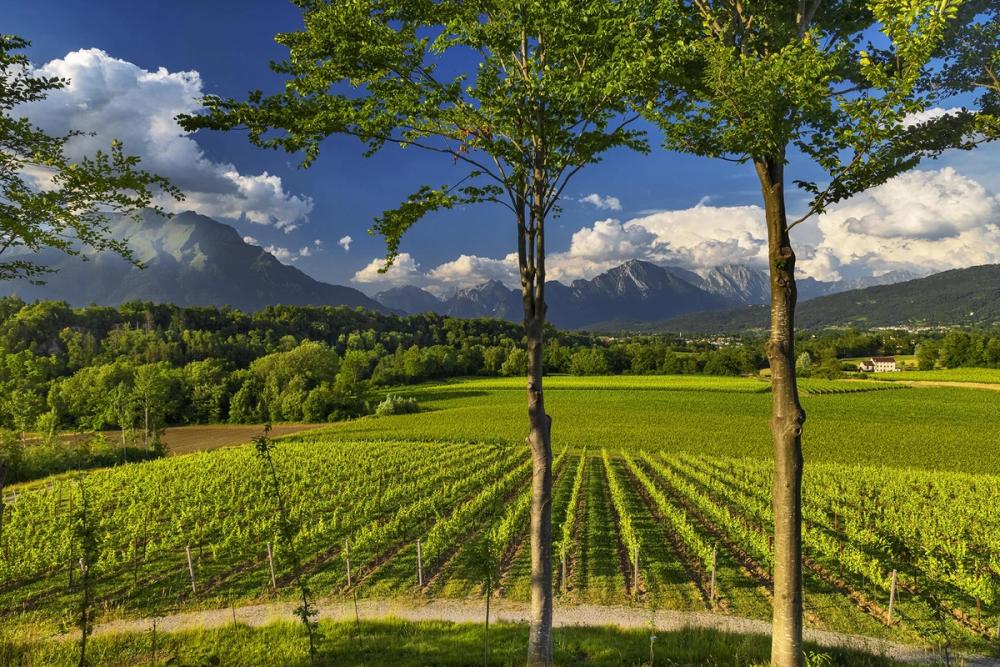
Belluno is a province in Prosecco DOC with a lot of pote making wines
How it’s made
To be a Prosecco DOC the wine must come from de-stemmed grapes that are pressed and racked at 18 degrees Celsius, before going into primary fermentation for blending in steel tanks (Martinotti method ) and then a minimum 30 day second fermentation, where yeast, cane sugar or grape sugar is added, before it is bottled. Rosé Prosecco DOC goes through at 60 day second fermentation.
What distinguishes Prosecco DOCs from each other is the level of residual sugar with each sub category broken down as grammes per litre:
- Brut Nature: 0-3 g/l .
- Extra Brut: 0-6 g/l
- Brut: 6-12 g/l
- Extra Dry: 12-17 g/l.
- Dry: 17-32 g/l
- Demi sec: 32-50 g /l
Panel tasting and views

The panel of buyers included sommeliers, wine importers, restauratuers and wine merchants
The panel was given the opportunity to delve into the history, traditions and ambitions of Prosecco DOC winemaking, including its drive for better sustainability and then experience the region for themselves by tasting and going into greater detail on the Prosecco DOC category by showcasing different styles to the panel such as aperitif, Rosé wines, sub-regional variations and drier styles.
Phill Morgan at Bocca di Lupo says Prosecco is a wine “you have to have” particularly if you are running an Italian restaurant, but in the past he has had more of a “closed mind” to DOC which was why he was keen to find out more about what it might offer.
Paul Fleming at Amathus Drinks says Prosecco is “clearly an important commercial category” and we perhaps sometimes forget just how popular it is in the country and that the consumers simply “loves it and has not stopped loving it…and is hugely important to both the on-trade and retail”.
Konstantinos Nestoridis says he “loves Prosecco DOC” and that it is often a “misunderstood lovely sparkling wine, for the on and off-trade”. He says he does not currently list a Prosecco at Michelin restaurant, Midsummer House, but was at the event to “look for reasons to do so”.
Giles James says he came to the event expecting to taste wines that “would reflect an overall uniformity in quality”.
“I was curious to see how much variance there might be between the various producers given the flexibility they have around permitted styles and residual sugar levels,” he says.

Cristina Cutiac and Benedetto Lengo compare notes during the open tasting
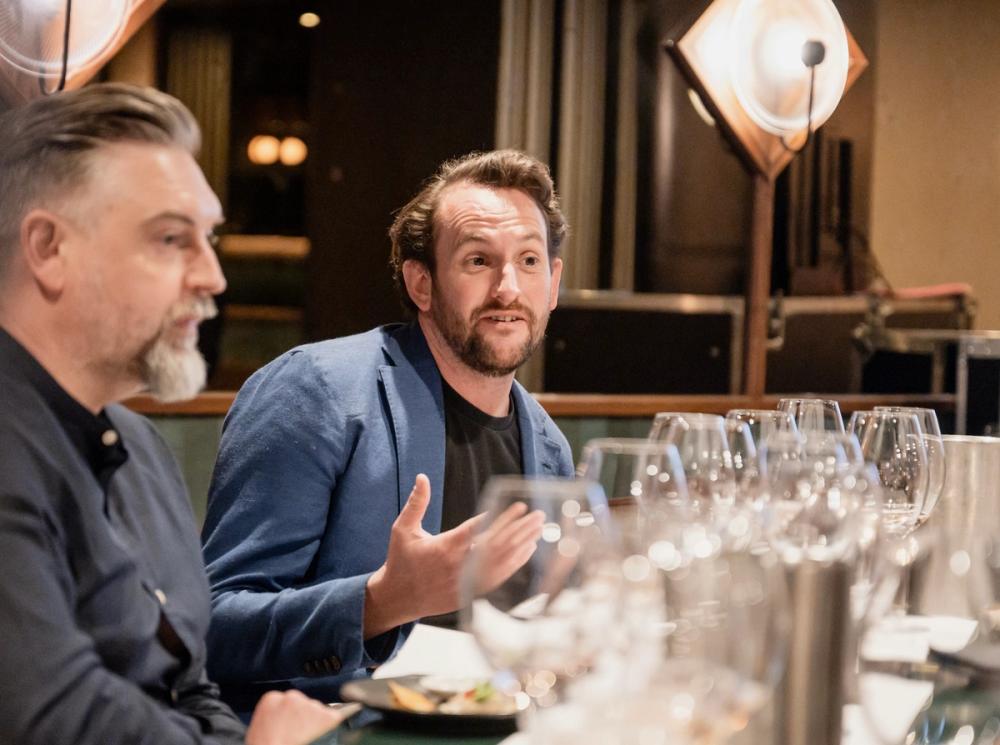
Paul Fleming says he does not understand why some in the trade don't take Prosecco DOC as seriously as they should
Cristina Ciutac says that whilst M Restaurant does not list many Proseccos it is a wine she admires and one that really connects with consumers that are looking for a “more simple drink to enjoy”.
Benedetta Lengo at Gaucho says she knows thanks to her Italian background just how much quality and potential there is in Prosecco DOC and how much more room there is for those wines in the UK.
Open to learn
Cat Lomax is well placed to know the appeal of Prosecco DOC as she claims she has been responsible for “buying millions of bottles” of it in her various senior buying roles at Marks & Spencer, Majestic, Laithwaites and Waitrose. She says she has been able to “oversee huge developments within the Prosecco category” and particularly pleased to have “successfully” launched Prosecco DOC Rosé at M&S and it was “an area that always demanded particular focus due to the scale of revenue and profit involved”.
But even with her experience she is keen to still keep on top of the trends and styles that are happening with Prosecco DOC as it is such an important category to the trade.
“Before the event, my perception of Prosecco was that there was a fairly set Prosecco 'style' (Extra Dry or the sweeter end of Brut), with relatively small variances in terms of actual flavour profile. But the tasting and masterclass revealed there is more variation in styles of Prosecco DOC than I had perhaps appreciated, and it was good to see that winemakers in the region are experimenting with drier wines (Brut, Extra Brut, Brut Nature), traditional methods (refermentato in bottiglia) and the different permitted grape varieties (both international and indigenous).”
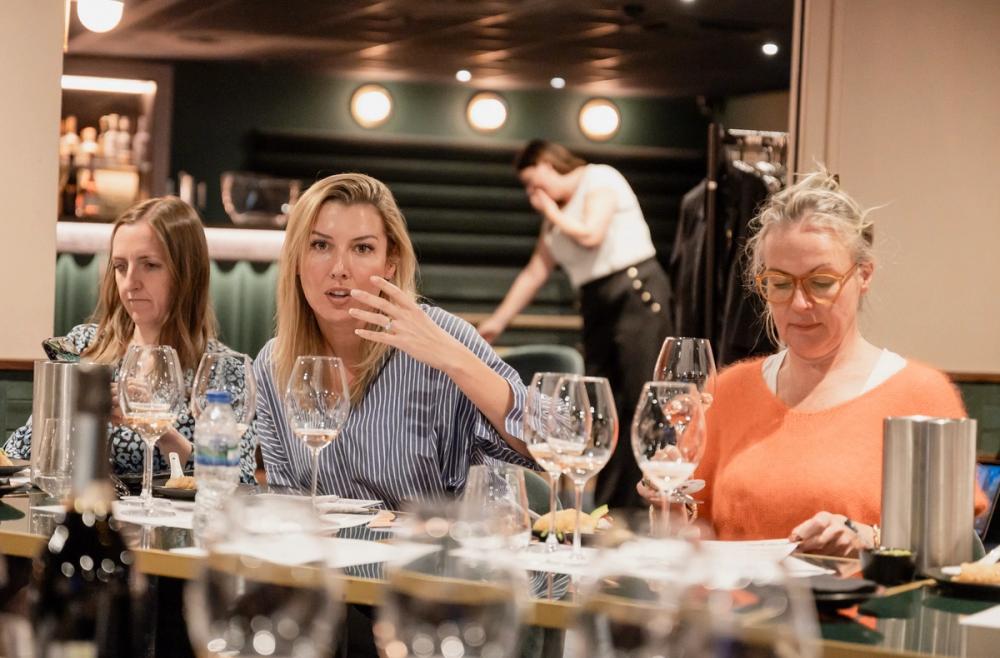
Ashley Fahey says The Terrace does not currently list too many Prosecco DOCs and she was keen to find out more so that it could

Konstantinos Nestoridis, head sommelier, Midsummer House was keen to see where the wines might work as a food pairing
Ashley Fahey admits Prosecco is not currently a major part of the Terrace Rooms wine range on the Isle of Wight, but as it is now moving into wholesaling it also needs to think more seriously about Prosecco. Hence why she was keen to attend as she admits her current knowledge of Prosecco is “quite limited”.
"To be honest I have never paid much attention to Prosecco DOC before the event as something for our restaurant or wine shop.
She adds: “We are looking for the better Proseccos that are not going to be the cheapest on the list. Proseccos that people are going to order because it is a great wine and not because of the price point,” she says.
Victoria Sharples admits she is both "open and closed minded” when it comes to Prosecco. On the one hand she fears there is too much of a “race to the bottom” with some Proseccos in the market, but also keen to explore what is happening at the premium end of Prosecco DOC and what producers are doing to "ease back on that sugar” which is where she thinks Prosecco really has got an opportunity.
Brut and Extra Dry
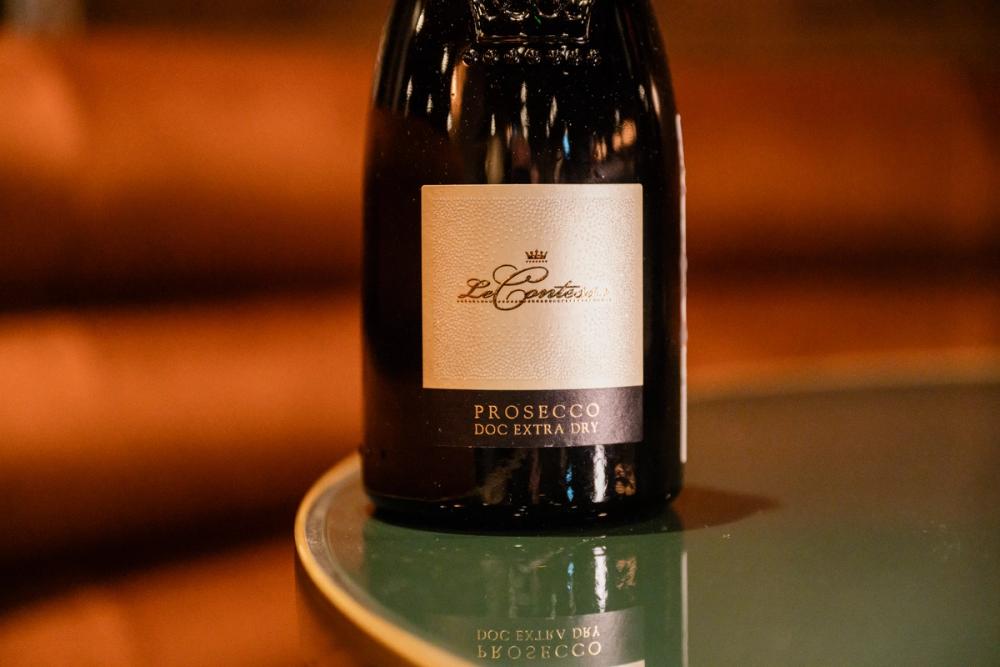
The vast majority - around 95% - of the Prosecco DOC we see in the UK are the Brut and Extra Dry styles that dominate wine lists across all channels. Those are the styles that consumers associate most with classic Prosecco DOC.
As Phillips explains: "We have to remember for the vast majority of people, the first experience of a glass of a Prosecco DOC wine has been an Extra Dry (around 64% of production) with a residual sugar (RS) of 12-17g/l or a Brut (around 30% of production) with a RS of 6-12g/l. The popularity of these styles, loved by a whole range of people across all of the country, doesn’t waver in the off and on-trade and I can say this due to my experience of presenting at trade shows like the HRC, at Taste of London and at a whole range of trade and consumer on-trade events."
Andrew Clark agrees and says Brut and Extra Dry Prosecco DOC is “really, really important” to Mitchells & Butlers “and integral to what we do”. As a pub company, he adds, with a number of different retail brands “it is interesting to see how Prosecco works across them” and it is particularly important for its branded family value estate. “We only buy Prosecco DOC.”
Freshness and dryness

Cat Lomax has helped buy and sell millions of bottles of Prosecco DOC during her buying roles at Marks & Spencer, Majestic and Waitrose amongst others

Prosecco DOC is very imporant to Bocca Di Lupo says Phil Morgan
Lomax was particularly interested to see in the tasting that whilst there is very much the “classic DOC flavour profile with the pear notes and fresh white flowers” there is also a “variance in terms of flavour and aroma that moves from a citric style, to classic, to more exotic flavours coming through”.
“So there is more to the category than straight down the line classic style that everyone expects,” she adds.
It is interesting to see the increased level of dryness in the wines, says Lomax, that are starting to offer an alternative to the more classic residual sugar-driven Prosecco DOCs in the market - particularly with the Brut Nature and Extra Brut wines being produced. That is where you are seeing a “cleansing” aspect on the palate and “steeliness” coming through with the acidity, she says.
Sharples agrees: “We have a zero dosage Prosecco on our list, but that makes it accessible because people say it’s so nice because it’s not sweet.”
Fleming says he was pleasantly surprised by how dry so many of the Proseccos DOCs the panel tasted were when he was expecting the opposite.
Phillips was able to confirm two thirds of Prosecco DOC production is already Extra Dry with 12gm to 17gm of residual sugar, but often the acidity really comes through to balance that out.
Brut also accounts for 33.6% of production with 6gm to 12gm of residual sugar.
Brut Nature
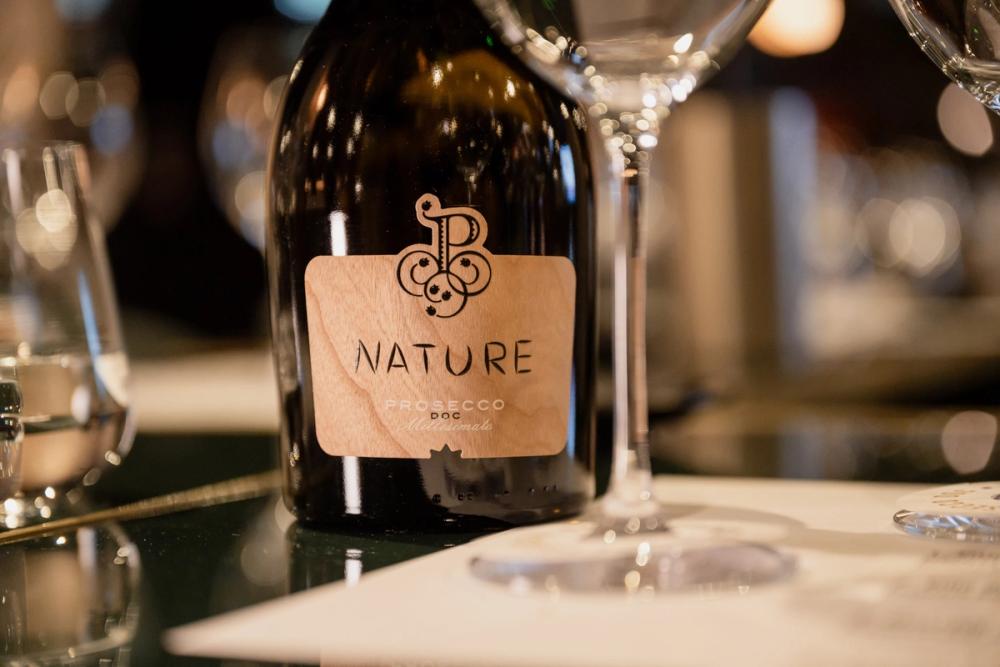
The panel had the opportunity to dig deeper into the Brut Nature (up to 3gm residual sugar) and Extra Brut DOC (0-6gm) styles being produced.
In particular they were able to see what Phillips describes as the “very different world of Pordenone” a province where the Friulian dialect is protected. “There are some exciting Prosecco DOC wines being produced including Brut Nature wines from Pitars and Piera Martellozzo as well as some Brut styles with additional lees ageing.”
It’s a style that resonates with Konstantinos Nestoridis who picked up on its “Greek water melon and ripe grapefruit” notes and “final bitterness” that he found were typical in the Brut Nature and Extra Brut wines the panel tasted.
“It has got great expression of fruit characteristics for different seasons,” he adds and for a sommelier working with a tasting menu it is ideal as it is so “versatile and multi-dimensional” and could be a wine you could serve over the first two or three courses, or even for course nine or 12.
“You could also serve it at Christmas with a Prosciutto melon, or have it on a spring pairing menu, or as an amuse-bouche,” he says. “Brut and Extra Dry are the optimum options for the on-trade as they give you flexibility and allow you to work with different flavours.”
To help the panel further understand and appreciate just how well Brut Nature styles can go with food, the following Gaucho dishes were paired with Pitars Millesimato 2023 Brut Nature, Le Contesse Brut Nature and Villa Sandi Bio Brut “Il Fresco".

- Chicken and Chorizo empanadas.
- Salmon Tostada with mango salsa & avocado.
- Sweet Potato & Provolone empanadas.
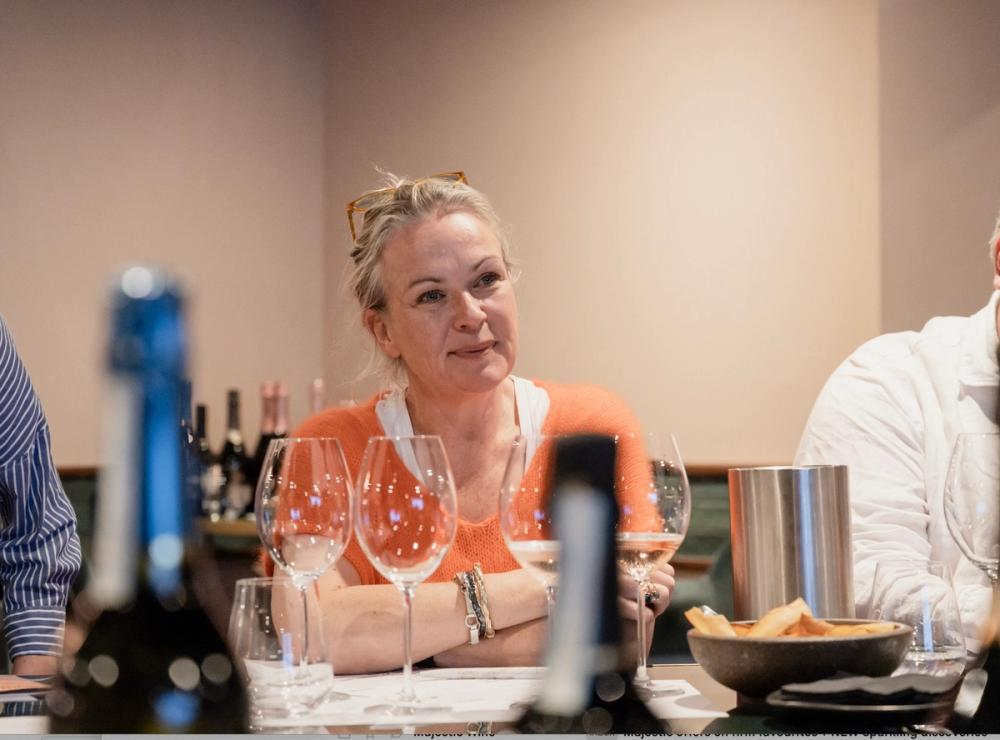
Victoria Sharples is looking for food friendly styles of Prosecco DOC
Sharples says this is the sort of wine that is ideal for the on-trade in a setting where you can give someone a taste and let them see for themselves how well it works with food.
“The ability for that wine to pair with a number of different dishes jumps out straight away,” she says and is the kind of wine that gives a bar team something different to sell and talk to about with their customers. “They may not have a case of it at home, but in a dining setting it becomes an exciting wine.”
Fahey agrees: “Brut Nature stood out as clean, fresh, and shows a side of Prosecco DOC that I don’t think is often seen or even known about. In the wine shop, it gives me something new to talk about with customers looking for ‘something drier’ or 'a bit different’. It’s also a great option for wine-focused dining experiences.
“Extra Dry, meanwhile, has a clear place in the restaurant, would easily work well by the glass, even for those customers who are used to the current fruitier, aromatic style and doesn’t require explanation or selling.”
James was also impressed by the range and quality of the Brut Nature wines: “They offered all the fruit and acidity but much lower levels of residual sugar resulting in wines that offered greater drinkability and would suit venues that required a quality driven, volume proposition.”
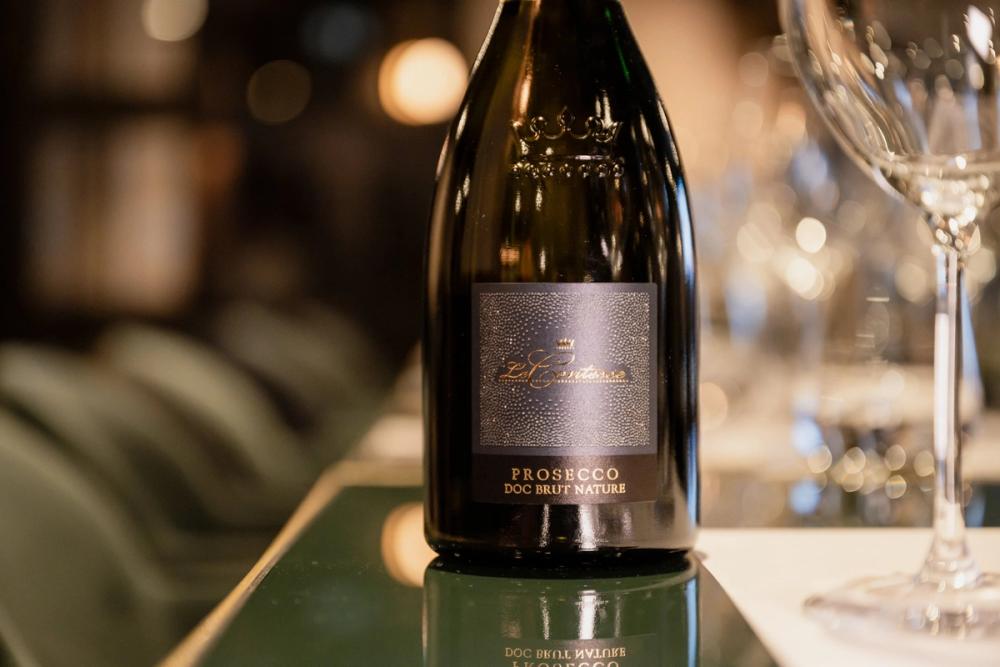
He adds: “As it’s a relatively new category and the styles generally similar there is the opportunity for both Brut and Extra Brut to find their place.”
Nick Tatham MW of Continental Food & Wine was able to introduce Le Contesse Brut Nature from Treviso which uses a technique the producer believes maintains “fruit, elegance and freshness” in the wine by processing the must at harvest time and then putting it in tanks at zero degrees and keep it until it is required for fermentation and second fermentation.
It also gives it a distinctive nose of pears and apples which he believes is “so important and fundamental" when tasting and enjoying both basic and quality Proseccos.
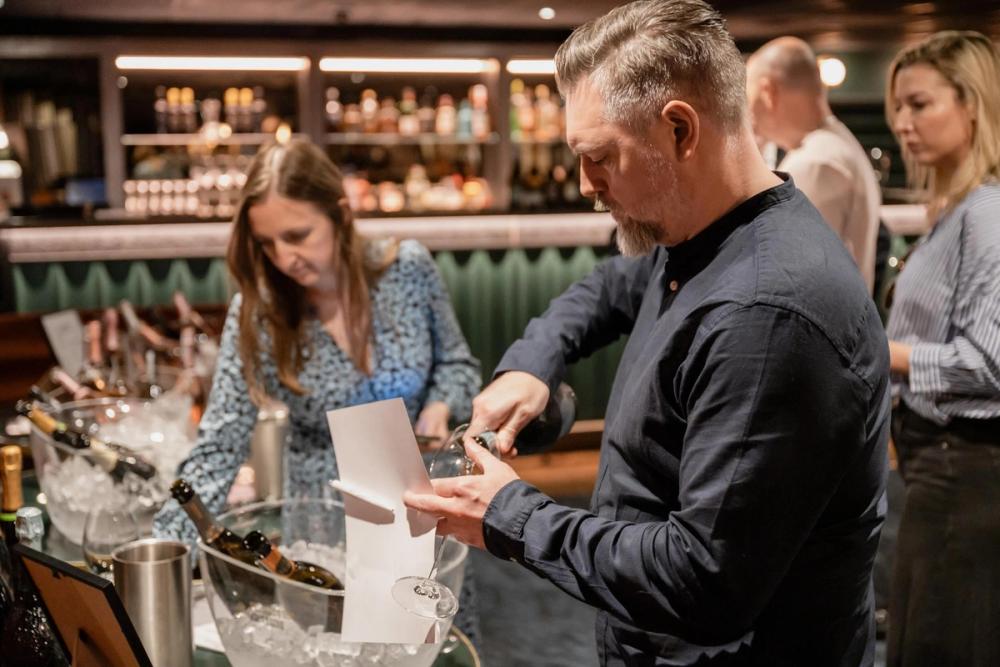
Andrew Clark says Prosecco DOC is "very important" to Mitchells & Butlers
Clark agrees: “You are quite right, because so much of the character of Prosecco is that apple and pear, or confected pear which you only really get from the nose.”
Fleming picked up the “good balance and acid” in the Brut Nature style, whilst Sharples says there is still “a lot of fruit” even though there is hardly any sugar.
Lomax adds: “I think there's definitely a place for Brut Nature in the UK market, with a consumer who is more health conscious or who has a preference for drier styles of sparkling wine. However, it's not about producing a Brut Nature simply for the sake of having a 'lean' style in the portfolio - the wine has to work in and of itself, and will still need a core of ripe fruit to provide a pleasurable drinking experience.”
Varied styles
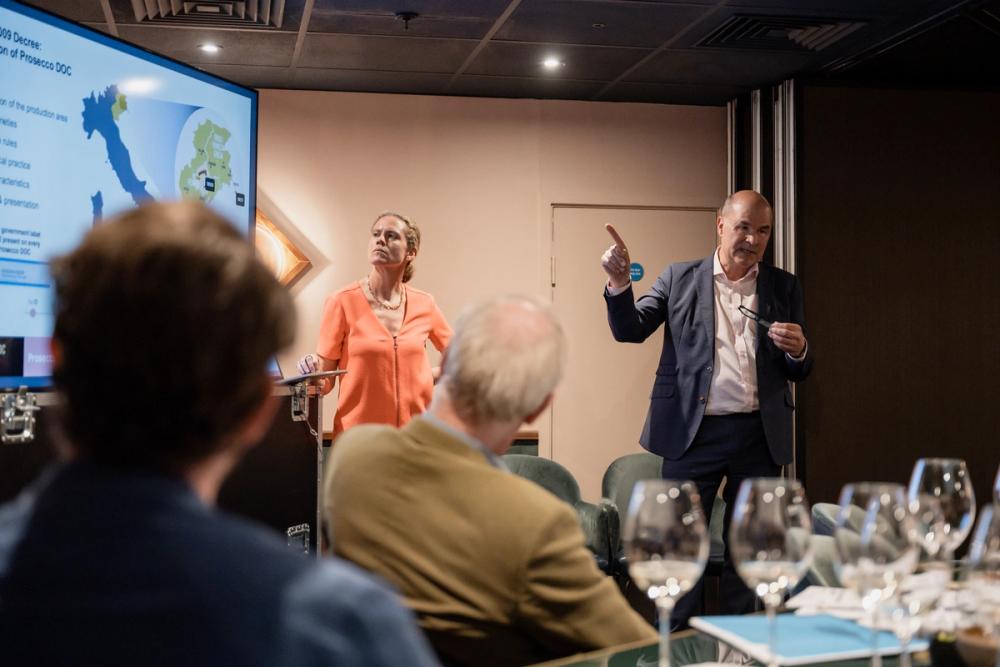
Neil Phillips was able to introduce the different styles of Prosecco DOC as well as give an overview of the region
All of which emphasises the fact Prosecco DOC is very much not “just one style,” stresses Phillips, pointing to the 25% of production that comes from Friuli and the “really important” provinces of Pordenone and Udine that is “producing some really good wines".
There is also a greater understanding and knowledge about where the best places are now for Glera depending on the style of wine you want to make, he adds. This is now being seen in the specific climatic conditions in the different Prosecco DOC provinces with, for example, Belluno becoming more popular as it so much more cooler there. “Different things happen there,” says Phillips.
"It is worth noting, as we have experienced during the free-pour and roundtable tasting, that many Prosecco DOC producers have wines solely for the on-trade," he adds.
There are also now Prosecco DOCs being made that sit on lees for 90 to 120 days, which Lomax says can add real extra layers of quality to the wines, particularly when it comes to suitability with food.
Unfiltered longer lees aging wines is what Nestoridis would like to see much more in the market.
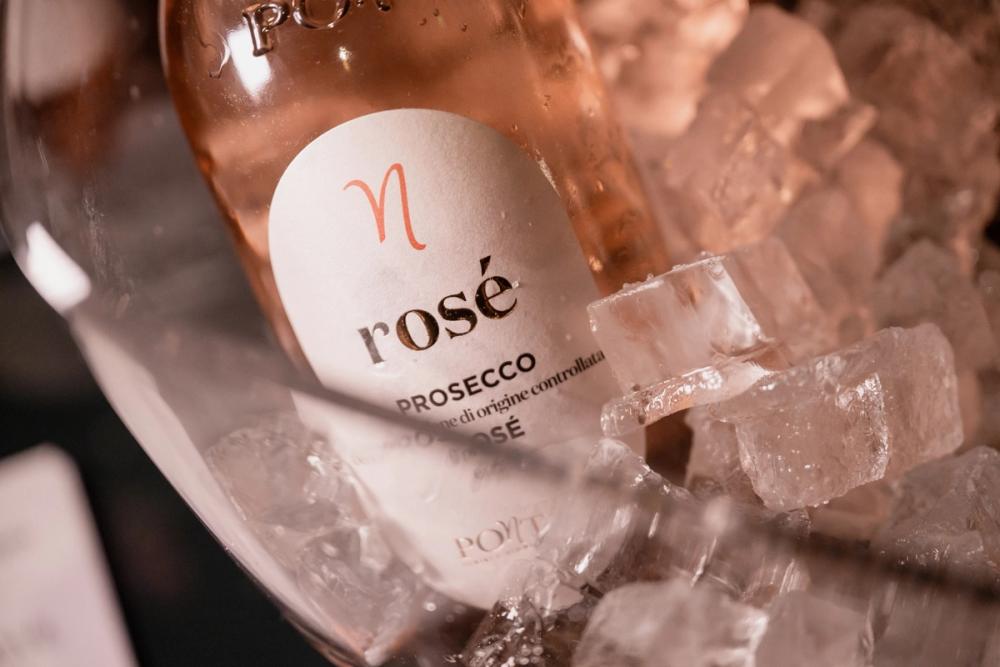
The panel was able to analyse the potential of Prosecco DOC rosé wines in the UK
Then there is Prosecco DOC Rosé which was officially introduced and recognised in 2020 and has already made big inroads into the off-trade, with high hopes it can now follow suit into the on-trade too. The panel had the opportunity to taste across a wide range of rosés and analyse its potential in the UK market. We will publishing the main findings from the rosé part of the debate in a separate article.
James says there is an opportunity to promote more of the regional styles. He explains: “As the DOC region has expanded considerably there may lie the opportunity for producers to distinguish zonal and sub regional wines. It may also be a consideration for the Consorzio to establish a sustainable programme for those producers that want to take it up.”
It is an area where the consortium is carrying out experiments.
Overall the panel of buyers were impressed by the scope, diversity and depth of the Prosecco DOC range of wines they were able to taste and discuss. An opportunity many said they don’t get the chance to do which is surprising considering how important the category is to all channels of the market.
As Philips concludes: "It has been great, during my time as the Prosecco DOC UK ambassador since 2015, to see the introduction of Prosecco DOC Rosé, the creation of the new styles like Brut Nature and Extra Brut for whites and rosés and the recognition of our two Prosecco DOC regions, Friuli-Venezia Giulia and Veneto. We have seen the rise in popularity of Aperitivo time, cocktails and more food pairing opportunities with smaller plates and menu pairings."
The future for Prosecco DOC has never felt stronger.
Wines Tasted by the Panel
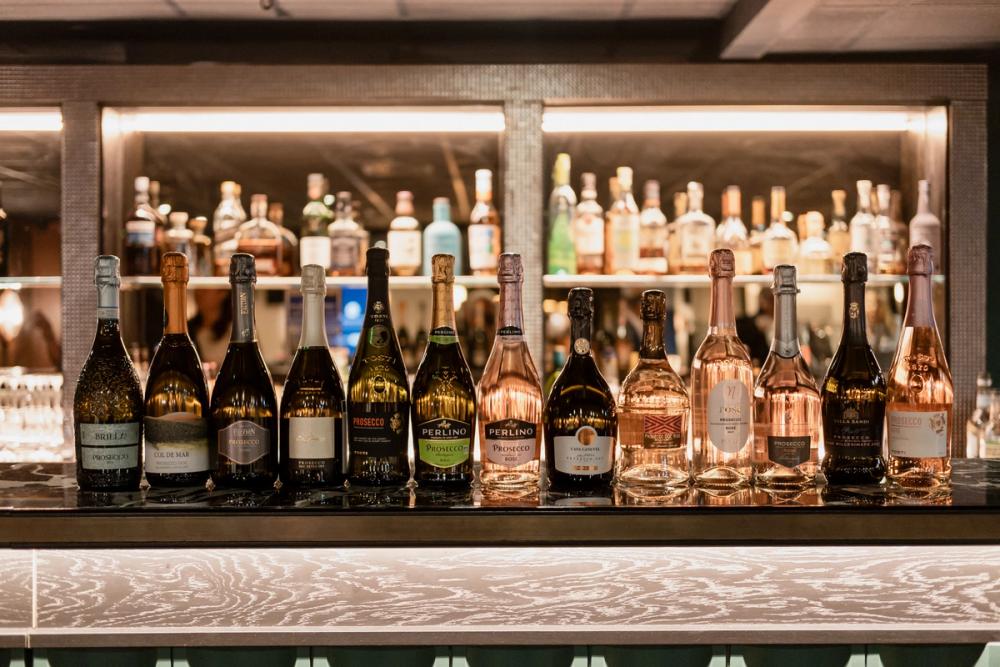
Masterclass wines
Viticoltori Ponte
Prosecco DOC Treviso Extra Dry
Residual sugar (g/l) 13; 11% ABV; 100% Glera. Treviso, Veneto.
Importer: Presidente Wines.
Villa degli Olmi
Prosecco DOC Extra Dry "Corte dei Rovi"
Residual sugar (g/l) 13; 11% ABV; 100% Glera. Vicenza, Veneto.
Importer: Temple Wines, Cash and Carry.
Maschio dei Cavalieri
Prosecco DOC Treviso Extra Dry
Residual sugar (g/l) 13; 11% ABV; 85% Glera, 15% Other permitted varieties. Treviso, Veneto.
Importer: Tennent Caledonian Breweries.
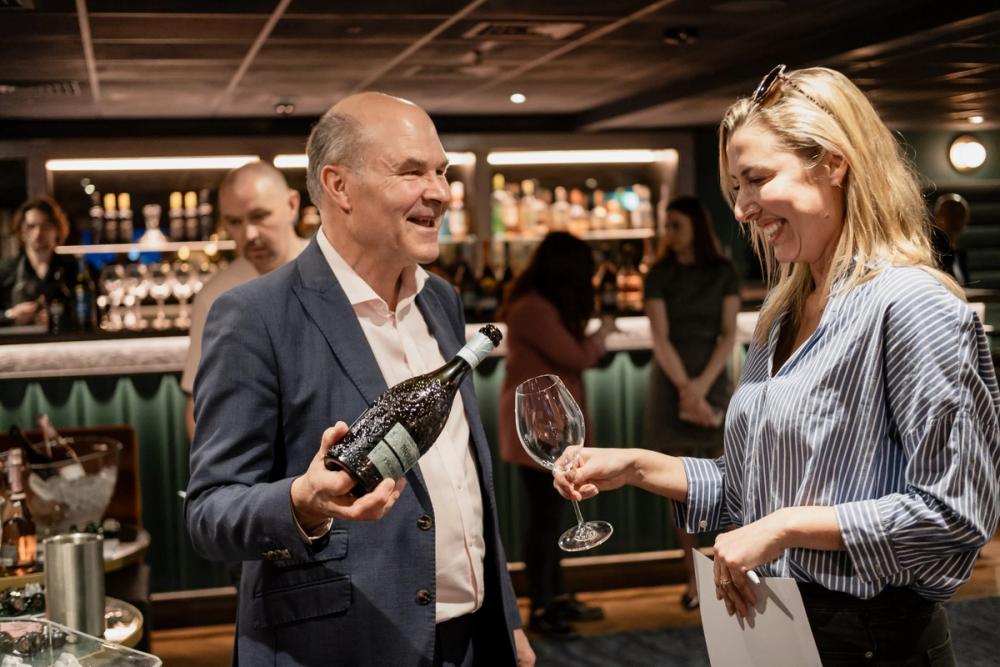

Pitars
Prosecco DOC Millesimato 2023 Brut Nature
Residual sugar (g/l) 0-3; 11% ABV; 100% Glera. Pordenone, Friuli-Venezia Giulia.
Importer: Vinissimo.
Le Contesse
Prosecco DOC Treviso Brut Nature
Residual sugar (g/l) 2-3; 11% ABV; 100% Glera. Treviso, Veneto.
Importer: Continental Wines
Villa Sandi
Prosecco DOC Bio Brut "Il Fresco"
Residual sugar (g/l) 12; 11% ABV; 100% Glera organic. Treviso, Veneto.
Importer: Annessa Imports.
Wine in the Free Pour Tasting
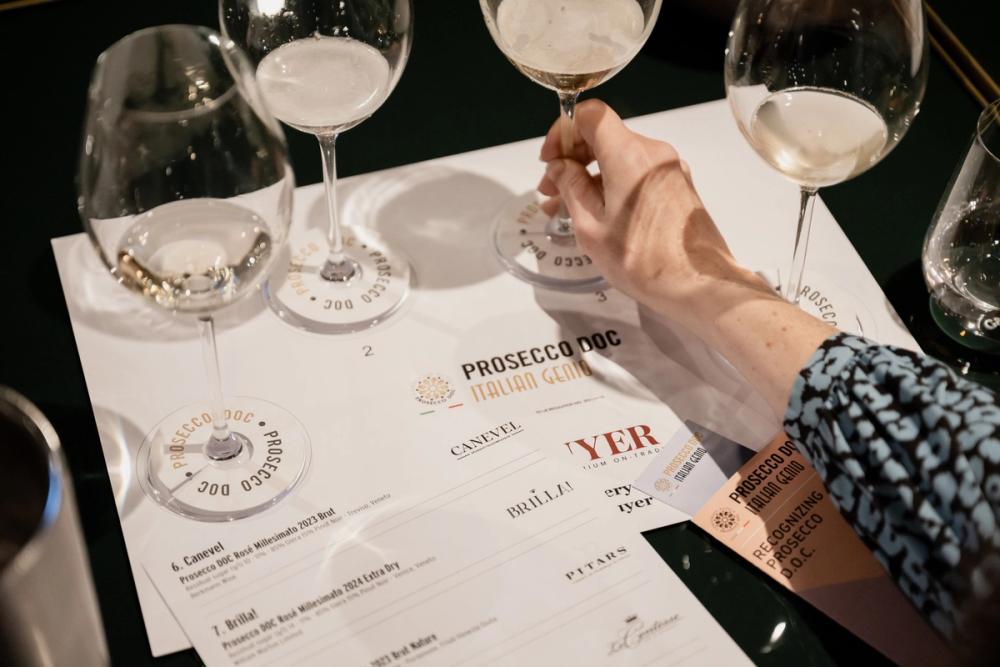
Brilla!
Prosecco DOC Extra Dry
Residual sugar (g/l) 14; 11% ABV; 100% Glera. Venice, Veneto.
Importer: William Morton Limited.
Col De Mar
Prosecco DOC Millesimato 2023 Extra Dry
Residual sugar (g/l) 12; 11.5% ABV; 100% Glera. Venice, Veneto/
Importer: Mondial Wine.
Antonio Facchin & Figli
Prosecco DOC Treviso Millesimato 2024 Brut
Residual sugar (g/l) 9; 11% ABV; 100% Glera/. Treviso, Veneto.
Importer: Hay Hampers.
Le Contesse
Prosecco DOC Treviso Extra Dry
Residual sugar (g/l) 15; 11% ABV; 100% Glera. Treviso, Veneto.
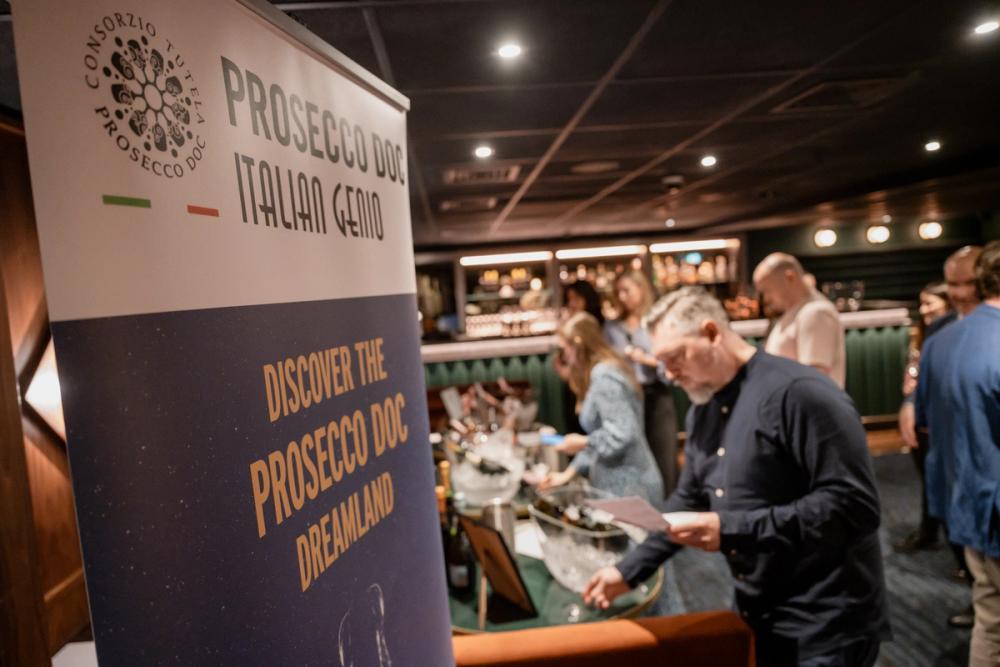
Tosti 1820
Prosecco DOC Extra Dry
Residual sugar (g/l) 16; 11% ABV; 100% Glera. Treviso, Veneto.
Importer: Bidfood.
Perlino
Prosecco DOC Bio Extra Dry
Residual sugar (g/l) 15; 11% ABV; 100% Glera organic. Treviso, Veneto.
Importer: Continental Wines.
Perlino
Prosecco DOC Rosé Millesimato 2023 Extra Dry
Residual sugar (g/l) 15; 11% ABV; 90% Glera, 10% Pinot Noir. Treviso, Veneto.
Importer: Continental Wines.
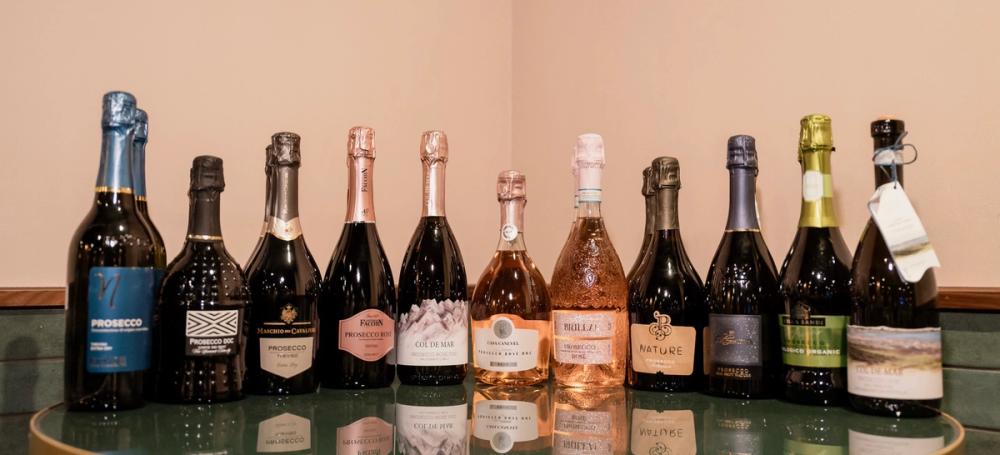

Canevel
Prosecco DOC Extra Dry
Residual sugar (g/l) 14; 11% ABV; 100% Glera. Treviso, Veneto.
Importer: Berkmann Wines.
Viticoltori Ponte
Prosecco DOC Rosé Millesimato 2023 Brut
Residual sugar (g/l) 11; 13-11% ABV; 85% Glera, 15% Pinot Noir. Treviso, Veneto.
Importer: Presidente Wines.
Villa degli Olmi
Prosecco DOC Rosé Millesimato 2024 Extra Dry “Corte dei Rovi”
Residual sugar (g/l) 13; 11% ABV; 85% Glera, 15% Pinot Noir. Vicenza, Veneto. Importer: Temple Wines, Cash & Carry.
Maschio dei Cavalieri
Prosecco DOC Rosé Millesimato 2024 Extra Dry
Residual sugar (g/l) 12; 11% ABV; 85% Glera, 15% Pinot Noir. Treviso, Veneto.
Importer: Tennent Caledonian Breweries.
Villa Sandi
Prosecco DOC Rosé Millesimato 2023 Brut "Il Fresco"
Residual sugar (g/l) 12; 11% ABV; 85% Glera, 15% Pinot Noir. Treviso, Veneto. Importer: Annessa Imports.
Tosti 1820
Prosecco DOC Rosé Millesimato 2024 Extra Dry
Residual sugar (g/l) 12; 11% ABV; 85% Glera, 15% Pinot Noir. Treviso, Veneto. Importer: Bidfood.
- To find out more about Prosecco DOC go to the Consorzio de Tutela de Prosecco website here.
- You can follow on social media:
- Instagram on @proseccodoc and @proseccodoc_uk
- We will publish two further reports from the panel debate in the coming days and weeks. The first analysing the strength of the Prosecco DOC brand and whether there is a danger in trying to introduce too many new styles. The final article will assess the potential of Prosecco DOC rosé in the UK premium on and off-trades.
- Thanks to Gaucho in the City for hosting the event.
